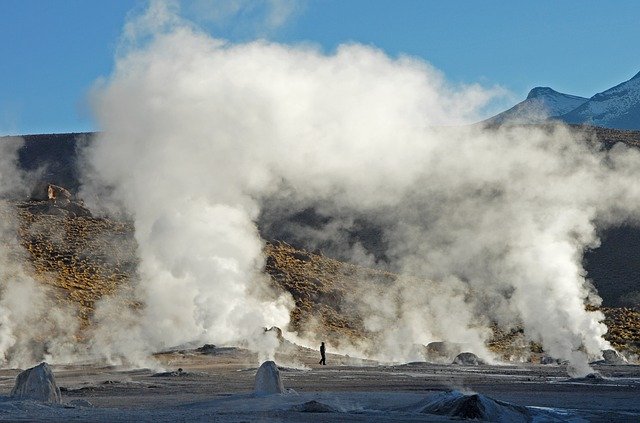
Mazama Energy, Inc. Begins New Geothermal Demonstration Project at Newberry Volcano
- “Super-Hot Rock” Enhanced Geothermal System (EGS) Provides Significantly Greater Power Density
- EGS Enables the Creation of a Geothermal System in Hot Dry Rock
SEATTLE–(BUSINESS WIRE)–Mazama Energy, Inc. announced the start of work on a new demonstration project at the Newberry Geothermal site to test the feasibility of creating a “Super-Hot Rock” enhanced geothermal system (EGS) at the site. Super-Hot Rock refers to rocks that have a temperature of 375 C or greater and when extracted can provide several times the power density than lower temperature rock. The heat recovery needs to be engineered by EGS because the rocks are naturally impermeable.
Initial work at Newberry will start in August 2024 and will be centered on an existing 10,000 ft deep well. This work will extend until the end of October 2024 and will allow to test several technologies that will then be deployed in two new deep wells planned to be drilled in super-hot rocks in 2025 and 2026. The goal is to demonstrate for the first time in the world that a commercially viable geothermal reservoir can be created in super-hot rocks.
“Geothermal energy has the smallest environmental footprint of any renewable power source we now have and can provide 24/7 baseload power without any emission of CO2,” said Alain Bonneville, Chief Geoscientist for Mazama Energy.
“The purpose of the Newberry SHR Demonstration project is to show that the new technology developed by Mazama Energy will enable the economic extraction of heat from the earth in locations where it was considered not possible so far. This demonstration project will benefit from an important support of the U.S. Department of Energy and conducted in close collaboration with Oregon State University and several national research institutions,” said Bonneville.
Enhanced Geothermal Systems are geothermal reservoirs created in hot, low permeability rock by injecting cold water to create permeability in solid rock. This means an EGS can be sited in areas without naturally occurring hydrothermal resources with surface manifestations such as hot springs and fumaroles. As such, an EGS could theoretically be sited anywhere there is geothermal heat that is economically recoverable. Studies by MIT, the Department of Energy, the U.S. Geological Survey and Google have concluded that EGS technology would unleash hundreds of Gigawatts of recoverable geothermal energy in the Western U.S. alone —and potentially over 3,000 Gigawatts across the U.S. EGS has the potential to provide a very significant portion of the country’s electric power supply, which is currently about 1000 GW.
Until now, a major challenge facing EGS projects has been the cost. Since geothermal wells can cost several million dollars to construct, increasing the generation capacity of each well is critically important for making it more competitive on the open market for electricity because it lowers the cost of the produced power by reducing the number of wells that need to be drilled. Systems with single stimulated zones simply don’t yield enough power per well to make the electricity produced cost competitive. Having the ability to create multiple stimulated zones from a single well increases the amount of power produced by the well, and thus decreases the overall cost of the power produced.
Further information and updates about the Demonstration Project can be found at mazamaenergy.com.
Contacts
Media Contact:
David Stowe
The Ardell Group
(619) 925-8191


